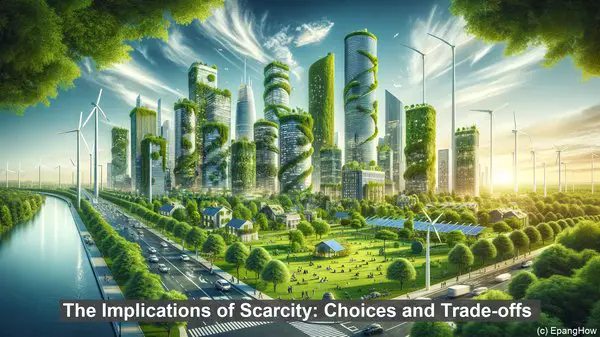Introduction: The Economic Landscape
Hello everyone! Welcome to another insightful article on economics. Today, we’ll be exploring the intriguing distinction between scarcity and shortage. While these terms may seem similar, they carry different connotations in the world of economics. So, let’s dive in!

Defining Scarcity: The Fundamental Economic Problem
At its core, scarcity refers to the fundamental economic problem of unlimited wants and needs, but limited resources. In other words, it’s the condition where the demand for a particular good or service exceeds its supply. This condition is pervasive across all economic systems, whether it’s a market-based economy or a centrally planned one.
The Implications of Scarcity: Choices and Trade-offs
Scarcity necessitates choices. When resources are limited, individuals, businesses, and governments must make decisions about how to allocate them. This leads to trade-offs, where choosing one option means forgoing another. For example, a government may have to decide between investing in healthcare or infrastructure, as it can’t allocate unlimited funds to both.
Understanding Shortage: A Temporary Imbalance
While scarcity is a pervasive and ongoing condition, shortage is a temporary imbalance in the market. It occurs when the quantity demanded for a good or service exceeds its quantity supplied at a given price. Shortages can arise due to various factors, such as sudden changes in consumer preferences, disruptions in production, or government interventions.
Shortages and Price Mechanism: The Role of Prices
Shortages often lead to price adjustments. When demand exceeds supply, prices tend to rise. This increase in price acts as a signal to producers, indicating that there’s an opportunity for profit. As a result, producers are incentivized to increase their output, eventually restoring equilibrium in the market.
Addressing Shortages: Policy Interventions
In some cases, governments may intervene to address shortages. They can do so through various measures, such as price controls, subsidies, or import restrictions. While these interventions aim to alleviate the immediate shortage, they can have unintended consequences, such as creating black markets or distorting market signals.

